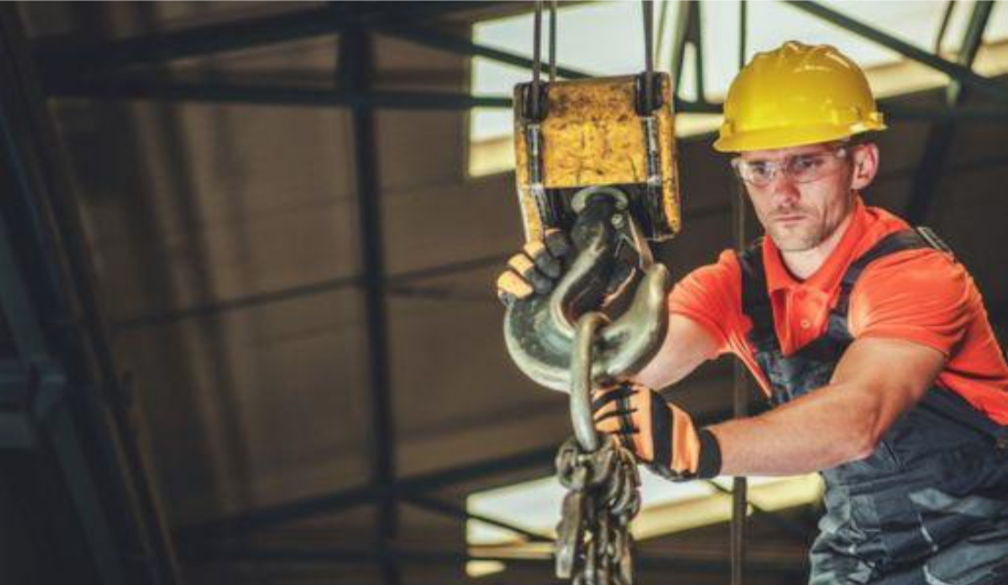Films made for Netflix look more like TV shows — here's the technical reason why
- Written by Ari Mattes, Lecturer in Communications and Media, University of Notre Dame Australia

The history of cinema as an art parallels its history as a technology. Ever wondered why the colour in The Wizard of Oz is so saturated? Well, it wasn’t the first technicolor film, but it was the first to effectively advertise MGM’s new 3-strip colour process to a global audience. Why advertise something at half mast?
This kind of technological innovation in cinema is, of course, spurred by economic motives. For instance, 3D thrived in three waves in direct response to the economic threats posed by new technologies: in the 1950s, in response to television, in the 1980s, responding to VHS, and in the 21st century in the face of increased online streaming. (Now we have 4DX, a gimmick one suspects won’t take off.)
In this era of digital cinema, with celluloid virtually replaced by video technology, the latest technological battle concerns image resolution.
Easy Rider: made on glorious celluloid.A digital image is made up of pixels — little shapes (usually boxes) that are the smallest controllable element of the image. Resolution refers to the number of pixels appearing in an image, and is usually measured in pixels per inch. As a rule, the more pixels, the crisper the image — that is, the sharper the edges of the subject appear.
In digital cinema’s resolution wars, you will often hear people speak about 4K — as in, 4000 — or 8K, or now even 12K resolution. This number refers to the number of horizontal pixels. A typical 4K digital cinema image for instance, has a resolution of 4,096 (horizontal) x 2,160 (vertical) pixels.
Image capture resolution is only one factor in how an image looks — dynamic range, that is, difference between the darkest and lightest parts of the image, is another. But most cinematographers and techies agree the camera’s resolution is crucial to the crispness of the image.
In 2018, Netflix were snubbed by the Cannes Film Festival on the basis Netflix-produced films are not true cinema. This year again, there are no Netflix-produced films in the festival competition due to a rule all films selected to compete must have a local theatrical release.
Cannes is right. Most made-for-Netflix productions don’t look like the cinema we’re used to. Why? There’s a technical answer. Though the company streams some films that are not “Netflix Originals”, it requires narrative feature films made for Netflix be shot on cameras with a “true 4K UHD sensor”.
In other words, the sensor — which detects and conveys the information required to make an image — must be at least 3,840 pixels wide, or “Ultra High Definition”.
Read more: Cannes is right, Netflix movies just aren't the same
Flat and depthless
This technical specification is strikingly evident in David Fincher’s recent Netflix Original production, Mank, a black and white biopic about Herman J. Mankiewicz’s ghostwriting of Citizen Kane.
An old black and white film, shot on celluloid, has a grainy texture that draws the eye into and around the image. This is partly the result of the degradation of the film print, which occurs over time, but primarily because of the physical processing of the film itself.
All celluloid film has a grainy look. This “grain” is an optical effect related to the small particles of metallic silver that emerge through the film’s chemical processing.
There is a grainy quality to old celluloid films, seen here in this scene from Double Indemnity.This is not the case with digital cameras. Thus video images captured by high resolution sensors look different to those shot on celluloid. The images in Mank look flat, depthless, they are too clean and clear.
This is not as much of a problem on a big screen, when the images are huge, but the high resolution is really noticeable when the images are compressed on the kind of domestic TV or computer screens most people use to stream Netflix. The edges look too sharp, the shades too clearly delineated — compared to what we have been used to as cinemagoers.
Read more: Pass the popcorn - Scorsese cinema boycott will shape the future of movies
The absurd thing is companies like CineGrain now sell digital overlays of film stock that can endow video with the grainy film look. (Their company motto is “make digital more cinematic using CineGrain.”) The natural result of the physical process has been superseded by video, but digital cinema makers reintroduce this as one component in achieving a “film look”.
Netflix does allow limited exceptions to its rule, with use of non-approved cameras requiring its explicit approval and a “more flexible” approach to non-fiction productions. According to Y.M. Cinema magazine, 30% of Netflix’s “best movies of 2020” were made on non-approved cameras. Still, in stipulating the use of 4K (or higher) sensor cameras, Netflix radically reduces the aesthetic autonomy of film directors and producers.
If we think of Netflix as a production studio, this is not surprising — all studios (like all major corporations) dictate the nature of their products, including the aesthetics and feel of their films. But this requirement means their productions look similar, and the imagery (to a cinephile, anyway), too clinical.
Glorious granularity
All film festivals, distributors and networks request delivery of films conforming to their specifications, but this usually has nothing to do with the source camera behind the delivered file. If it looks and plays well, it looks and plays well.
The film Open Water (2003), for example, which made over US$50 million at the box office (from a budget of under US$200,000), was shot on mini-DV, a low quality and now obsolete video format, but it perfectly suited the film and thus works.
Netflix, in stipulating 4K camera sensors, reproduces the assumption higher resolution is necessarily better, for all (or even most) films.
But one of the reasons American film noir still looks so good — or the New Hollywood films of the 1960s and 1970s, like Easy Rider and Bonnie and Clyde — is partly because of the celluloid technology itself, in all its glorious granularity. The beauty of these cinematic images has nothing to do with the sharpness of the edges of the photographed subjects.
From where is this assumption that sharper images are better, and more aesthetically effective? Art has always sought to say something in its deviation from its realistic reproduction of the world — that is, in its expression.
As with all technological innovation in a capitalist context, this assumption stems from the competitive impulse to appear to be doing something better than everyone else — the bigger, more expensive, clearer, the better. But when it comes to aesthetics, this is a redundant form of economy.
Authors: Ari Mattes, Lecturer in Communications and Media, University of Notre Dame Australia



















